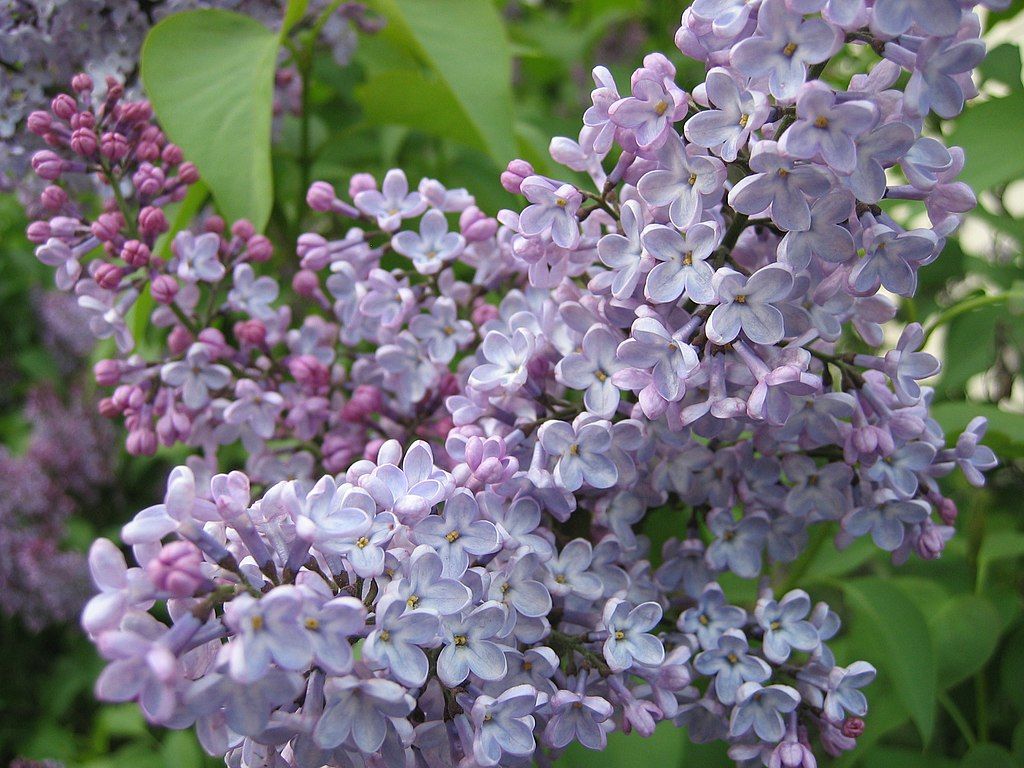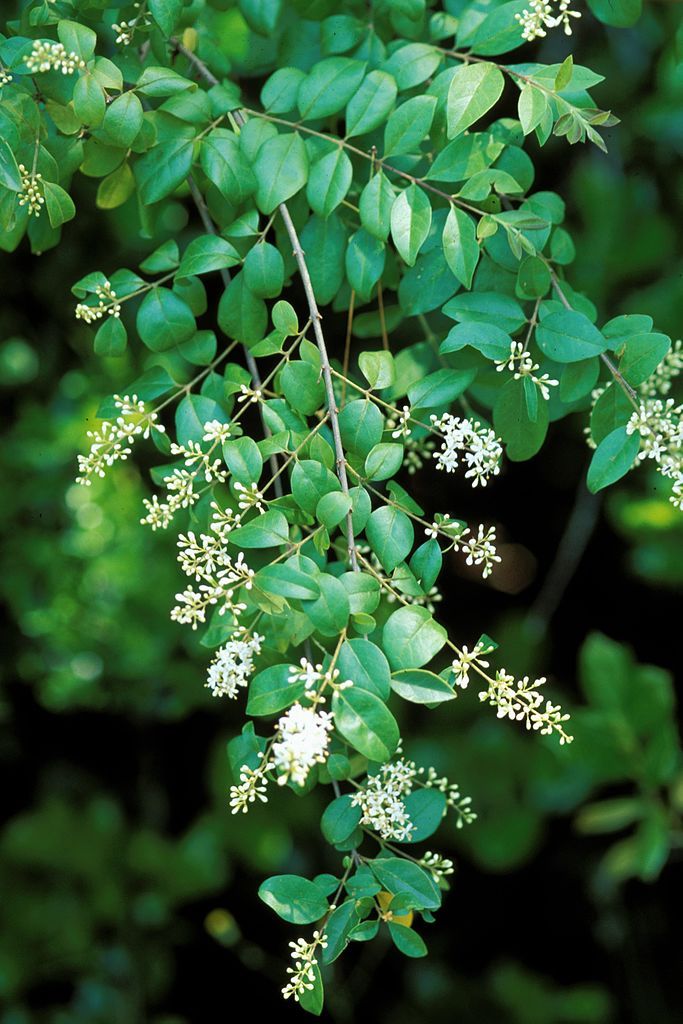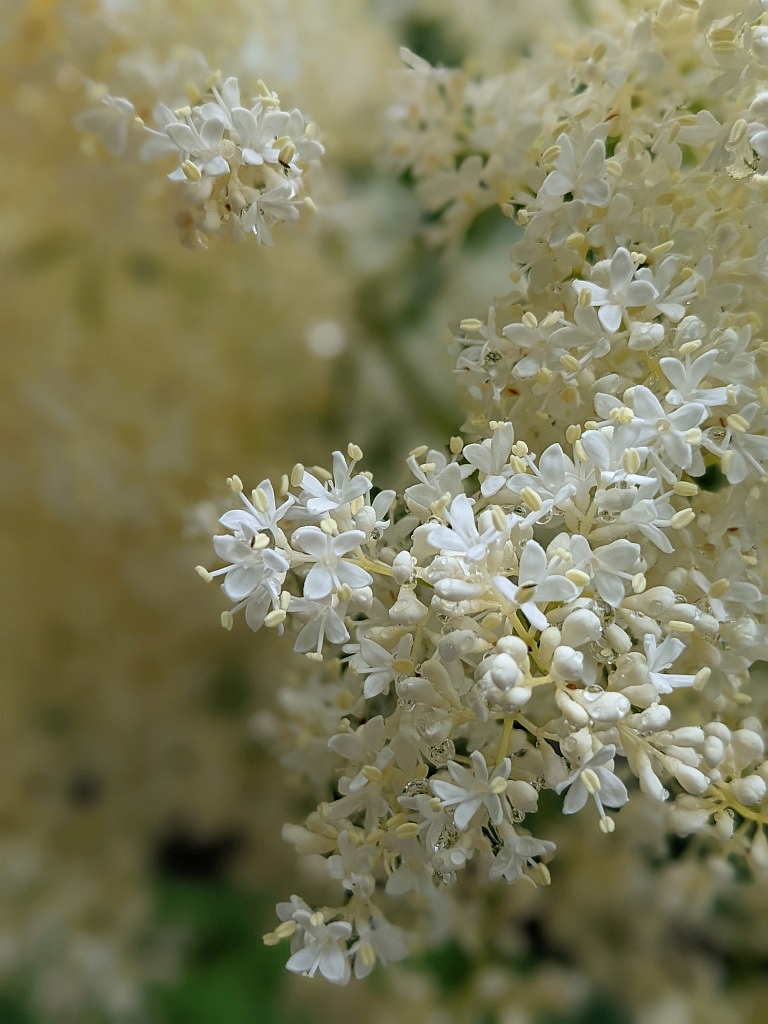
4 June 2022
This week in Schenley Park I was impressed by a cascade of white flowers drooping over the Lower Panther Hollow Trail. The individual flowers and their arrangement in panicles reminded me of lilacs.
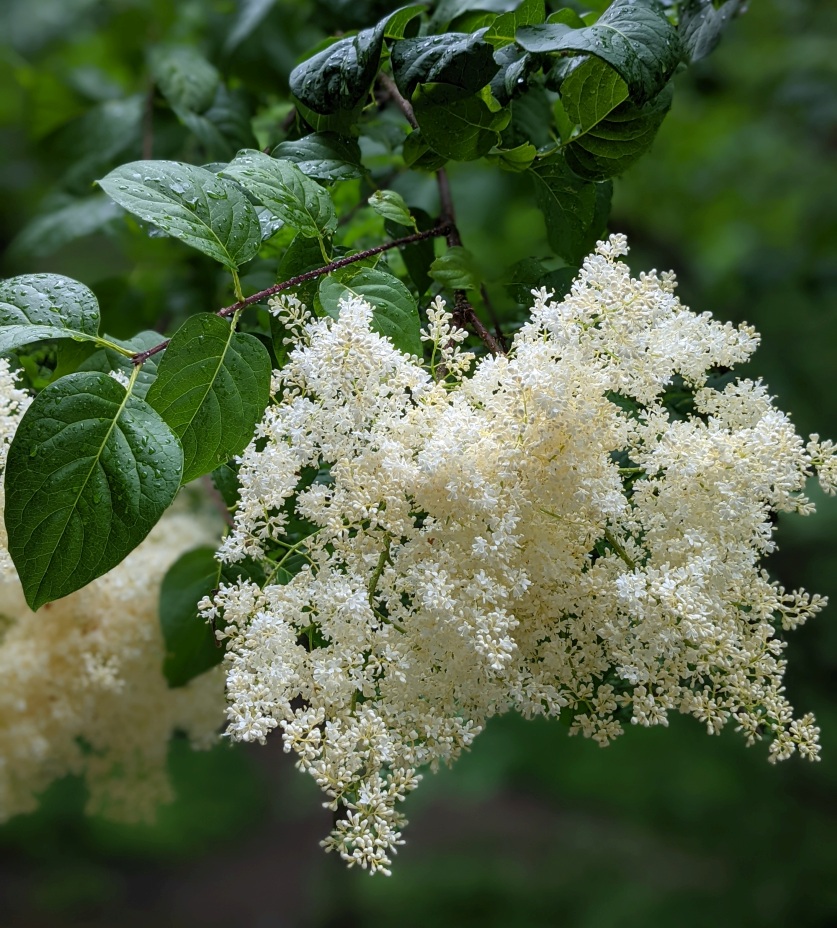
The leaves are opposite on the stem, the flowers smell like privet hedge flowers, and the bark has many lenticels.
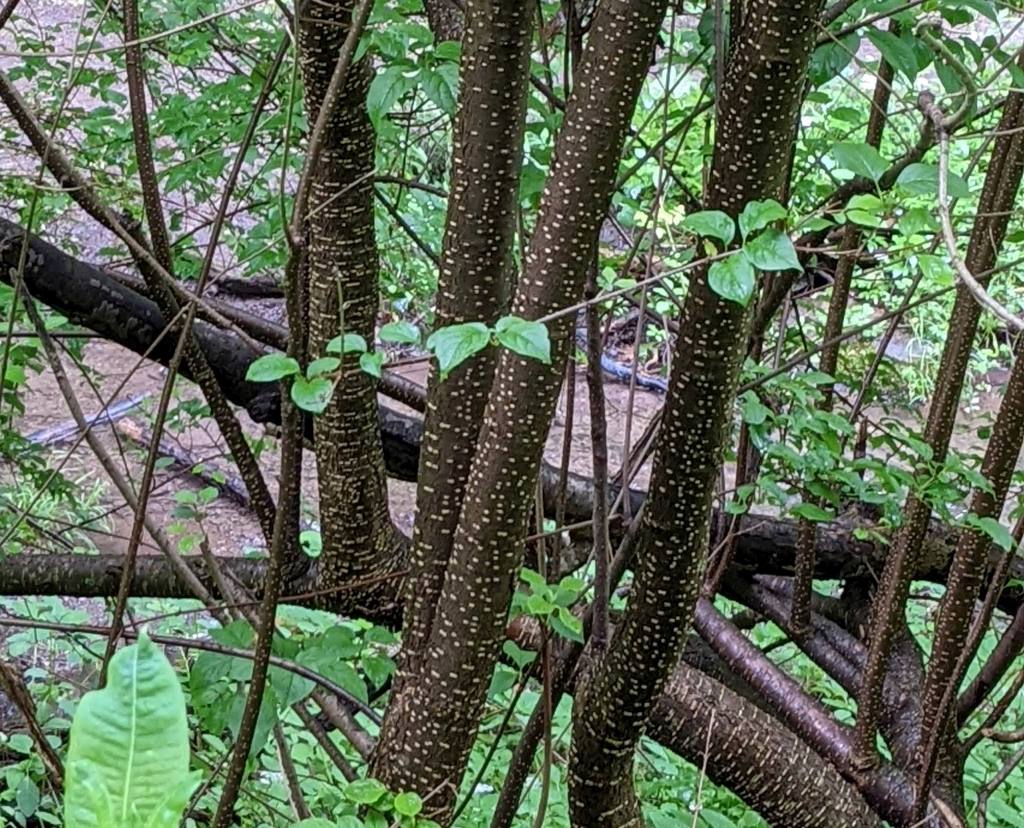
Putting these clues together I found a match: Japanese tree lilac (Syringa reticulata), an ornamental in the same genus as sweet-smelling common lilac (Syringa vulgaris).
Why does Japanese tree lilac smell ugly like privet instead of pretty like lilacs?
Privet, native to Asia, is probably the most common hedge in Pittsburgh. It’s blooming right now and I hate the smell, it makes me sneeze. When I took a whiff of Japanese tree lilac my reaction was “Eeew! Like privet.”

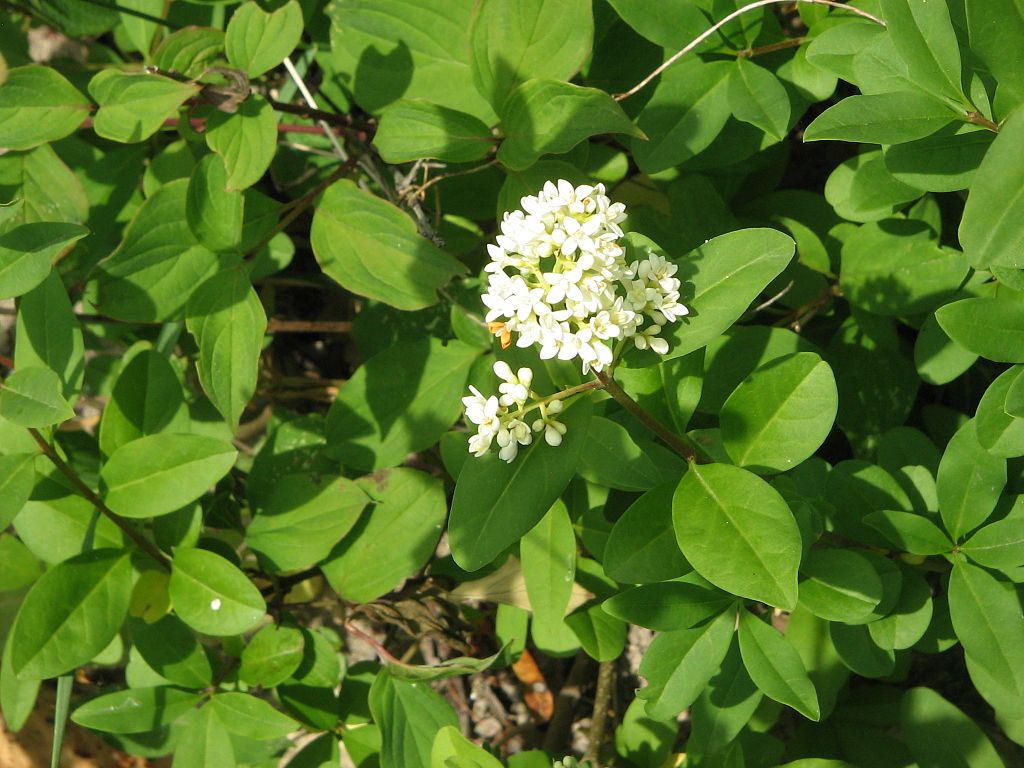
It comes by the smell honestly. Privet (Ligustrum spp) is lilac’s (Syringa spp) closest relative. Both are in the Olive family (Oleaceae) whose notable members include olive, ash, jasmine, privet, forsythia, fringetrees, and lilac.
Lilacs are “Olives” and share some unexpected relatives.
p.s. Unfortunately Japanese tree lilac shares another trait with privet. Privet is invasive in much of world and a recent study at Pitt-Bradford found that Japanese tree lilac is invasive in Pennsylvania. If you’re thinking of planting these, think again. And don’t be afraid to yank out your privet hedge!
(photos by Kate St. John, from Wikimedia Commons and from bugwood.org; click on the captions to see the originals)
